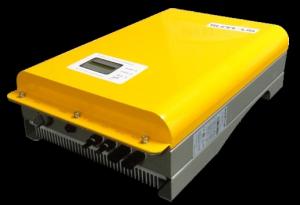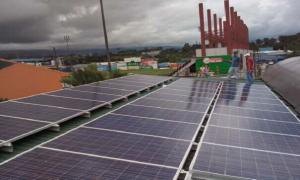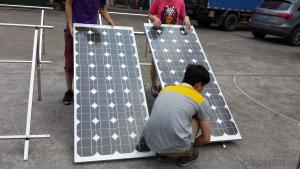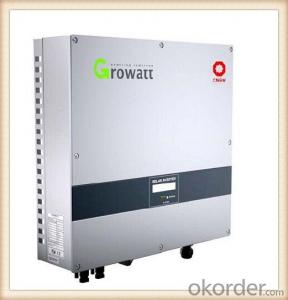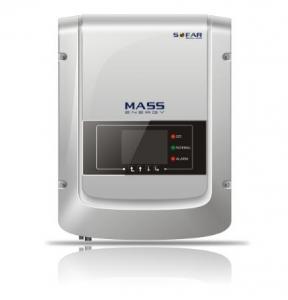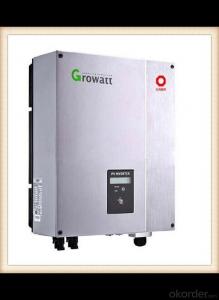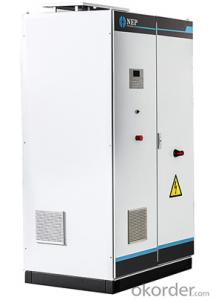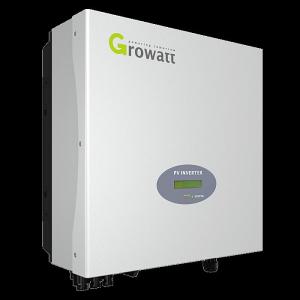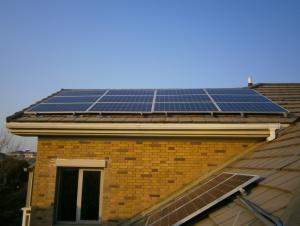Grid Tie Hybrid Solar Inverter
Grid Tie Hybrid Solar Inverter Related Searches
Hybrid Grid Tie Solar Inverter Grid Tie Solar Inverter Solar Hybrid Grid Tie Inverter Grid Tie Inverter Solar Grid-Tie Solar Inverter Solar Grid Tie Inverter Solar System Grid Tie Inverter Grid Tie Inverter Solar Kit Grid Tie Inverter Solar Panel Sun Grid Tie Inverter Grid-Tied Solar Inverter Best Grid Tie Solar Inverter Solar Inverter Grid Tie Solar Grid Tie Inverter Kit Solar Grid Tie Micro Inverter Grid Tie Solar Inverter Price Best Solar Grid Tie Inverter Grid Connected Solar Inverter Solar Grid Tied Inverter 1kw Solar Grid Tie Inverter 10kw Solar Grid Tie Inverter 3kw Solar Grid Tie Inverter Hybrid Solar Inverter On Grid 5kw Solar Grid Tie Inverter 1000w Solar Grid Tie Inverter Solar Grid Tie Inverter Price Solar Hybrid Inverter On Grid Nep Solar Grid Tie Inverter Solar Grid Inverter Nep Solar Grid-Tie InverterGrid Tie Hybrid Solar Inverter Supplier & Manufacturer from China
Grid Tie Hybrid Solar Inverters are innovative products that combine the functionality of both grid-tied and hybrid solar inverters, offering a versatile solution for various solar power systems. These inverters are designed to manage the conversion of solar energy from DC to AC, while also allowing for the integration of battery storage and grid connection capabilities. This makes them suitable for a wide range of applications, from residential rooftop installations to large-scale commercial solar projects.The application and usage scenarios for Grid Tie Hybrid Solar Inverters are vast, as they cater to the needs of both grid-tied and off-grid solar systems. In grid-tied applications, these inverters enable the seamless transfer of excess solar energy back to the grid, while also drawing power from the grid when solar energy production is insufficient. In off-grid scenarios, they facilitate the storage of solar energy in batteries for use during periods of low sunlight or at night. This dual functionality makes Grid Tie Hybrid Solar Inverters an essential component for maximizing the efficiency and reliability of solar power systems.
Okorder.com is a leading wholesale supplier of Grid Tie Hybrid Solar Inverters, boasting a large inventory that caters to the diverse requirements of customers worldwide. With a commitment to quality and customer satisfaction, Okorder.com ensures that the Grid Tie Hybrid Solar Inverters they provide meet the highest industry standards and are backed by comprehensive warranties. This makes Okorder.com a reliable and trusted source for those seeking to invest in advanced solar power solutions.
Hot Products









